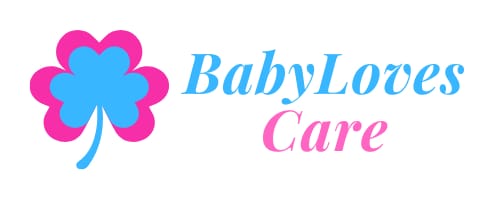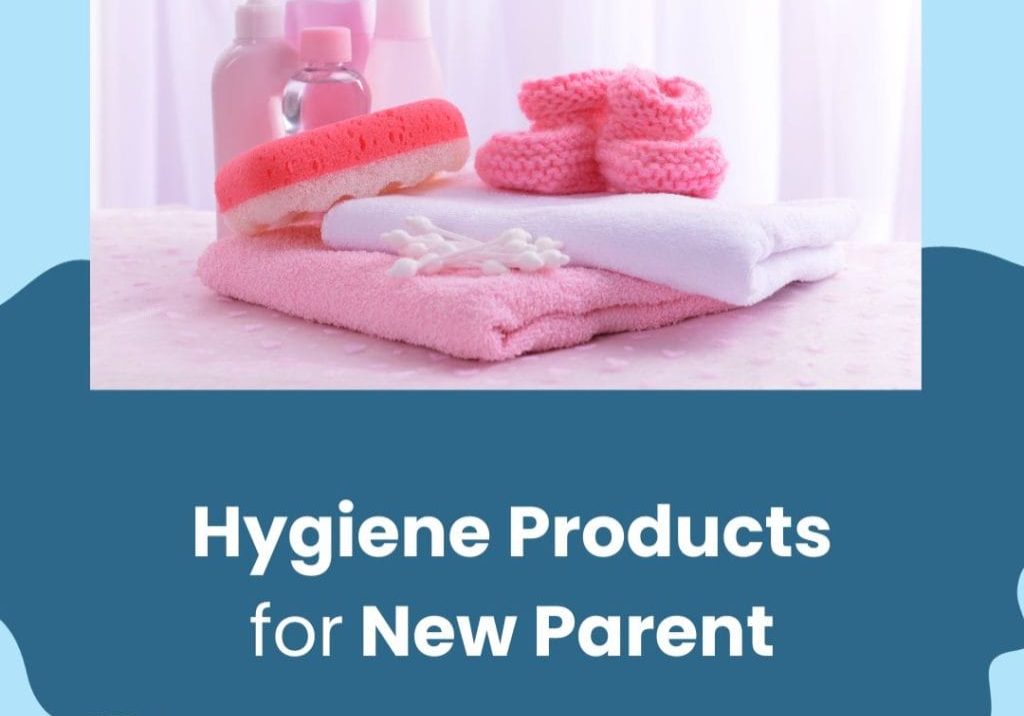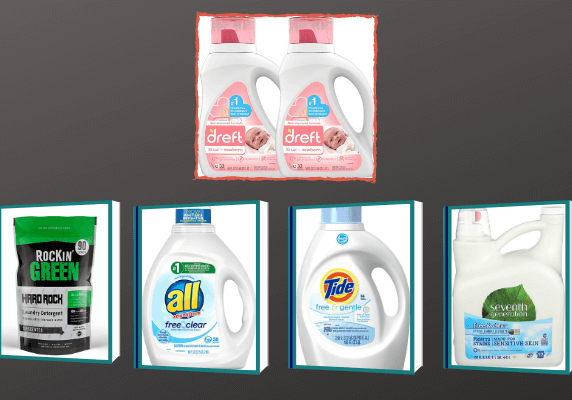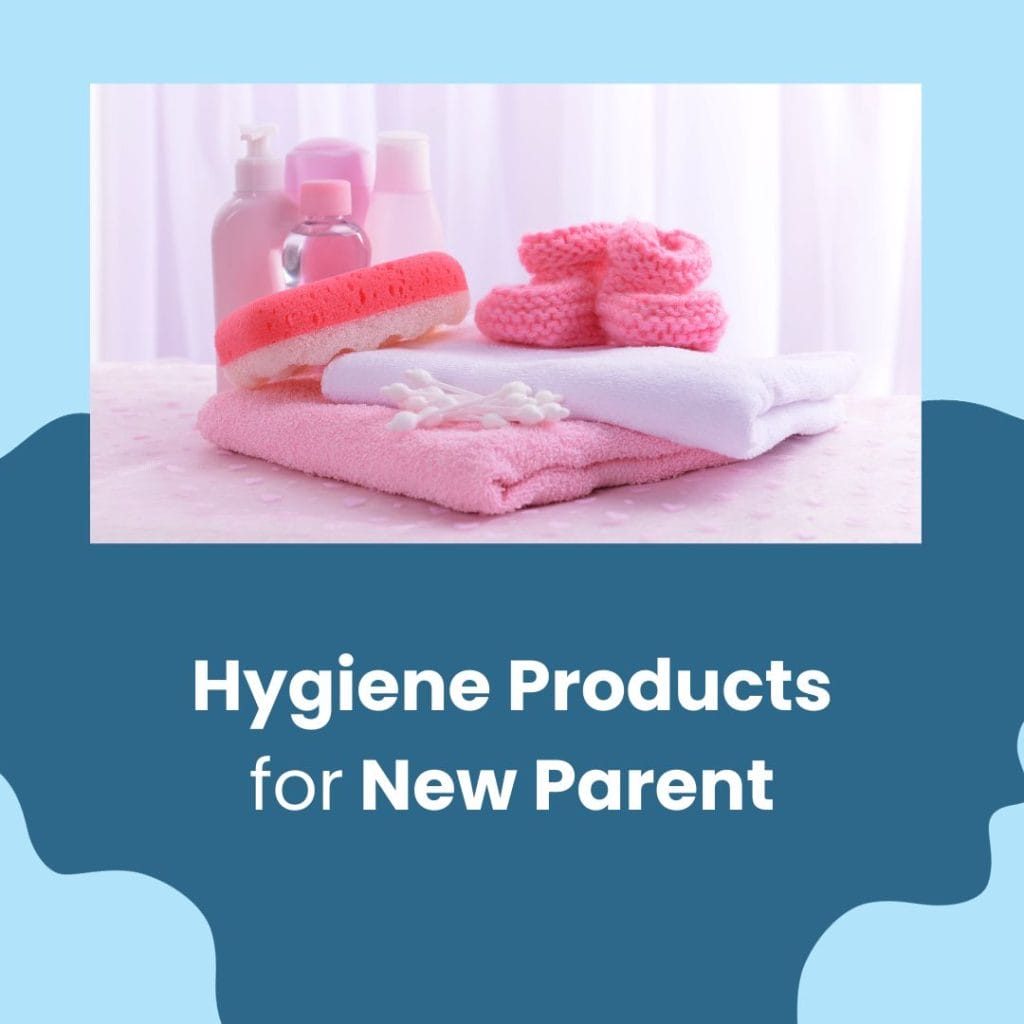Welcoming a new baby into the family is a joyful and transformative experience, filled with hope and new responsibilities. As you embark on this beautiful journey, it’s essential to equip yourself with the right tools and products to ensure your little one’s comfort, safety, and health. Navigating the world of baby care products can be overwhelming for new and experienced parents alike, given the vast array of options available. This comprehensive guide is designed to provide you with an understanding of the essential baby care products every parent should know about.
From feeding necessities that cater to your baby’s nutritional needs to diapers and hygiene products critical for everyday comfort, we’ve got you covered. Bathing and grooming must-haves ensure your baby’s cleanliness and well-being, while health and safety gear keep them secure as they explore the world around them. We’ll delve into the cozy realm of sleeping and nursery items, dress your little ones in the comfiest clothing, and prepare you with travel gear for adventures big and small. And, of course, no baby’s development is complete without the fun and learning provided by educational and developmental toys.
Feeding Essentials for Your Baby: A Comprehensive Guide
The arrival of a baby brings a new set of challenges and joys, especially when it comes to feeding. Ensuring your little one receives the best nutrition in the safest and most convenient way possible is paramount. This article delves into the essential feeding products every parent should consider, from bottles and nipples to breast pumps, sterilizers, and food processors.
Bottles and Nipples: Types and What to Consider
Types of Bottles:
- Plastic Bottles: Lightweight and shatterproof, but ensure they are BPA-free.
- Glass Bottles: Chemical-free and easy to clean, though heavier and breakable.
- Stainless Steel Bottles: Durable and long-lasting, but can’t see how much liquid is left.
Types of Nipples:
- Latex Nipples: Softer and more flexible but wear out faster.
- Silicone Nipples: Firm, long-lasting, and less likely to develop odors.
What to Consider:
- Baby’s Age: Newborns require smaller, slower-flow nipples, while older babies can handle larger sizes and faster flow.
- Material Safety: Always choose BPA-free materials and consider potential allergies.
- Ease of Cleaning: Look for bottles that are easy to disassemble and clean.
Breast Pumps: Manual vs Electric
Manual Breast Pumps:
- Pros: Affordable, portable, and quiet.
- Cons: Can be tiring for the hand and less efficient for frequent use.
Electric Breast Pumps:
- Pros: Efficient, faster, and often come with adjustable settings.
- Cons: More expensive and require access to power (though battery options are available).
What to Consider:
- Frequency of Use: Frequent pumpers benefit from an electric pump’s efficiency, while occasional users might prefer the simplicity of a manual pump.
- Portability Needs: Consider whether you’ll need to pump on the go or at work.
- Budget: Balance the cost with how often you’ll use the pump.
Sterilizers and Cleaning Brushes
Sterilizers:
- Steam Sterilizers: Use hot steam to kill germs and are available in electric or microwave models.
- UV Sterilizers: Use ultraviolet light to disinfect bottles, useful for non-heat resistant items.
Cleaning Brushes:
- Bottle Brushes: Designed to fit inside bottles and clean hard-to-reach areas.
- Nipple Brushes: Smaller brushes specifically for cleaning nipples.
What to Consider:
- Frequency of Use: More frequent use may warrant a more robust sterilizing solution.
- Space and Convenience: Some sterilizers can be bulky, so consider your kitchen space.
- Material Compatibility: Ensure the sterilizer is suitable for your bottles and accessories.
Baby Formulas and Food Processors
Baby Formulas:
- Types: Available in powder, concentrated liquid, and ready-to-use forms.
- Considerations: Look for formulas suited to your baby’s age and any specific dietary needs.
Food Processors:
- Purpose: Blend, steam, and sometimes even cook baby food in one appliance.
- Benefits: Control ingredients, ensure freshness, and customize meals to your baby’s preference.
What to Consider:
- Ease of Use: Look for processors with intuitive controls and easy cleaning.
- Capacity: Ensure the size matches your typical batch of baby food.
Diapering and Hygiene Products: A Comprehensive Guide for Parents
Diapering is a crucial aspect of childcare, involving products that ensure comfort and hygiene for your little ones. In this article, we explore the different types of diapers, wipes, diaper rash creams, and disposal systems, providing valuable insights for parents.
Different Types of Diapers: Cloth vs Disposable
Cloth Diapers
Cloth diapers have come a long way from the traditional square cloth fastened with safety pins. Modern cloth diapers are available in various styles, such as prefolds, pocket diapers, and all-in-ones. These diapers are reusable, eco-friendly, and can be more economical in the long run. They are made from natural fibers, cotton, bamboo, or microfiber, offering excellent absorbency and breathability.
Pros:
- Environmentally friendly
- Cost-effective over time
- Gentle on the baby’s skin
Cons:
- Requires washing and drying
- Can be less convenient when traveling
- Initial investment is higher
Disposable Diapers
Disposable diapers are the go-to choice for many parents due to their convenience. They are highly absorbent, often containing a superabsorbent polymer which turns liquid into gel. Available in various sizes, they are designed to be leak-proof and offer a snug fit.
Pros:
- Highly convenient and travel-friendly
- Easy to use and dispose of
- Often more effective at preventing leaks
Cons:
- More expensive in the long run
- Environmental concerns due to non-biodegradability
- Some babies may have reactions to materials used
Wipes and Diaper Rash Creams
Wipes
Baby wipes are essential for diaper changes, ensuring cleanliness and comfort. They come in different varieties, including scented, unscented, and for sensitive skin. Opt for alcohol-free and hypoallergenic wipes to prevent irritation.
Diaper Rash Creams
Diaper rash creams are a must-have to protect your baby’s skin from irritation and moisture. Look for creams with zinc oxide or petroleum jelly, which form a protective barrier. For more severe rashes, consult a pediatrician for a prescription cream.
Diaper Pails and Disposal Systems
A diaper pail is an invaluable addition to your nursery, designed to lock in odors and simplify diaper disposal. They come in different designs, with some using regular trash bags and others requiring special liners. Some models have foot pedals for hands-free operation, and others feature odor-control systems.
Pros:
- Helps contain odors
- Convenient disposal method
- Keeps the nursery clean and hygienic
Cons:
- Additional cost for the pail and refills
- Requires regular maintenance and cleaning
Bathing and Grooming Must-Haves for Your Little One
Bathing and grooming your baby is not just about keeping them clean but also a wonderful opportunity for bonding and sensory play. With the right tools and products, this routine can become a soothing and enjoyable experience. Here, we will delve into the essentials of baby bathing and grooming, focusing on baby bathtubs and bath seats, gentle shampoos, soaps, lotions, towels, washcloths, nail clippers, and hairbrushes.
Baby Bathtubs and Bath Seats
Baby Bathtubs: A baby bathtub is a fundamental necessity for safe and comfortable bath times. They come in various shapes and sizes, designed to support your baby securely while bathing. Some feature contoured designs, non-slip surfaces, and temperature indicators.
Bath Seats: For slightly older babies who can sit up, bath seats are an excellent option. These seats provide additional support, ensuring your baby stays in place safely, freeing up your hands for a thorough and playful bath time.
Gentle Shampoos, Soaps, and Lotions
Shampoos and Soaps
Selecting the right shampoo and soap is crucial for your baby’s delicate skin. Look for products that are hypoallergenic, tear-free, and free from harsh chemicals like parabens and sulfates. Natural and organic options are also available, which can be gentler on sensitive skin.
Lotions
After bath time, a gentle lotion can help keep your baby’s skin moisturized and smooth. Choose a lotion specifically formulated for infants, ideally fragrance-free and made with natural ingredients to prevent any skin irritation.
Towels and Washcloths
Towels: Investing in soft, absorbent towels is essential for a cozy, post-bath experience. Hooded towels are particularly popular as they provide extra warmth and can quickly dry the baby’s head and hair.
Washcloths: Soft washcloths are handy for gently cleaning your baby. They can be used to wash delicate areas like the face and behind the ears. Opt for washcloths made from soft, natural fabrics to avoid irritating the skin.
Nail Clippers and Hairbrushes
Nail Clippers:
Baby nails grow fast and can be sharp. Baby nail clippers or scissors with rounded edges are designed to safely trim your baby’s nails without causing any harm.
Hairbrushes:
A soft-bristled baby brush is perfect for gently grooming your baby’s hair. It can also help in soothing the scalp and preventing cradle cap, a common condition in babies.
Health and Safety Gear for Babies: Essential Guide for Parents
Ensuring the safety and health of your baby is a top priority for every parent. From monitoring their movements to protecting them from environmental factors, the right health and safety gear can provide peace of mind and contribute to the well-being of your little one. In this article, we explore essential items such as baby monitors, safety gates, thermometers, medicine dispensers, sunscreens, and insect repellents.
Baby Monitors and Safety Gates
Baby Monitors
Baby monitors are a crucial tool for parents to keep an eye (and ear) on their baby, even when they’re not in the same room. Modern baby monitors come in various types – audio, video, and even those that can track vital signs like breathing and movement. Wi-Fi-enabled monitors allow parents to check on their baby from their smartphone or tablet.
Safety Gates
Safety gates are essential for keeping babies and toddlers away from potential hazards like stairs or off-limits rooms. They come in various styles and sizes and can be pressure-mounted or hardware-mounted, depending on the installation location and your preference.
Thermometers and Medicine Dispensers
Thermometers
A reliable thermometer is a must-have in your baby’s health kit. Digital thermometers are preferred for their accuracy and quick readings. Ear and forehead thermometers are popular for their non-intrusive method, especially useful when checking the temperature of a sleeping baby.
Medicine Dispensers
Administering medicine to a baby can be challenging. Medicine dispensers, such as oral syringes or medicine droppers, are designed to make this task easier and more accurate, ensuring your baby gets the correct dosage.
Sunscreens and Insect Repellents
Sunscreens
Protecting your baby’s delicate skin from the sun’s harmful rays is crucial. Pediatric dermatologists recommend using sunscreens that are specifically formulated for babies, with a minimum SPF of 30. Look for sunscreens that are broad-spectrum, water-resistant, and free from harmful chemicals.
Insect Repellents
Babies are susceptible to insect bites, which can be both uncomfortable and potentially harmful. When choosing an insect repellent, select one that is safe for babies – typically those containing DEET (in appropriate concentrations for babies), Picaridin, or natural ingredients like oil of lemon eucalyptus (for older babies). Always follow the usage instructions carefully.
Essential Sleeping and Nursery Items for Your Baby’s Comfort and Safety
Creating a comfortable and safe sleeping environment is crucial for your baby’s health and development. In this article, we will discuss essential items for your baby’s nursery, focusing on cribs, mattresses, and bedding, as well as swaddles, sleep sacks, nightlights, and sound machines. These items not only ensure your baby’s comfort but also promote a safer sleep environment.
Cribs, Mattresses, and Bedding
Cribs: A crib is one of the most significant purchases for your baby’s nursery. Look for a sturdy crib that meets safety standards, with adjustable mattress heights and slats not more than 2 3/8 inches apart. The crib should be free of any decorative cut-outs and protruding hardware.
Mattresses: A firm mattress is recommended for infants to reduce the risk of Sudden Infant Death Syndrome (SIDS). It should fit snugly in the crib with no gaps. Opt for mattresses made from non-toxic materials and consider waterproof covers for easier cleaning.
Bedding: Keep bedding simple and safe. Avoid plush blankets, pillows, and bumpers due to the risk of suffocation. Fitted crib sheets and a lightweight, breathable baby blanket are sufficient for most babies.
Swaddles and Sleep Sacks
Swaddles: Swaddling can soothe newborns and help them sleep more soundly by mimicking the snugness of the womb. Ensure the swaddle is not too tight and allows for hip movement. Discontinue swaddling when your baby shows signs of rolling over.
Sleep Sacks: As an alternative to traditional blankets, sleep sacks are wearable blankets that provide warmth without the risk of covering your baby’s face. They come in various fabrics suitable for different room temperatures and allow for free movement of legs.
Nightlights and Sound Machines
Nightlights: A soft nightlight can be a practical addition to the nursery, providing enough light for nighttime feedings and diaper changes without disturbing your baby’s sleep. Some nightlights come with features like timers and dimmers.
Sound Machines: Sound machines can help babies fall asleep faster and stay asleep longer by providing a consistent and soothing background noise. Options include white noise, lullabies, and natural sounds. Choose a sound machine with adjustable volume and automatic shut-off.
Baby Clothing Essentials: From Newborn Basics to Seasonal Considerations
Dressing your little one can be an exciting part of parenthood, but knowing what to buy can be overwhelming. This article will guide you through the essentials of baby clothing, focusing on basics for newborns, seasonal clothing considerations, and laundry care tips to keep those tiny outfits clean and comfortable.
Basics for Newborns: Bodysuits and Rompers
Bodysuits
Bodysuits, often referred to as onesies, are a staple in any newborn’s wardrobe. They come with snaps at the crotch for easy diaper changes and can be worn as a top or a complete outfit. Look for bodysuits with envelope necks or wide head openings, which make dressing easier.
Rompers
Rompers are another essential, combining a top and bottom in one piece. They are perfect for both playtime and nap time, offering comfort and ease of movement. Rompers with front snaps or zippers make for quick and easy changes.
Seasonal Clothing Considerations
Warm Weather Clothing
In summer, opt for lightweight, breathable fabrics like cotton to keep your baby cool and comfortable. Short-sleeved bodysuits, light rompers, and sun hats are must-haves. Always have a light blanket on hand for cooler evenings.
Cold Weather Clothing
For winter, layering is key. Long-sleeved bodysuits, warm footed rompers, and sweaters are essential. Don’t forget accessories like hats, mittens, and booties to keep your baby warm. Avoid overly bulky outfits; instead, layer thinner pieces to maintain warmth without restricting movement.
Laundry Care: Gentle Detergents and Fabric Softeners
Gentle Detergents
Babies have delicate skin, so it’s important to use a gentle detergent for their clothes. Choose hypoallergenic, fragrance-free detergents specifically designed for infants. These detergents are less likely to irritate your baby’s skin or cause allergies.
Fabric Softeners
While fabric softeners can make clothes feel softer and fresher, they are not always suitable for baby clothing. Some contain chemicals and fragrances that can irritate sensitive skin. If you choose to use a fabric softener, opt for a hypoallergenic, baby-friendly version.
Essential Travel Gear for Babies: Ensuring Comfort and Convenience on the Go
Traveling with a baby requires some extra planning and the right gear to ensure both comfort and convenience. From car seats to strollers and diapering products, this article covers essential travel gear for babies, helping parents to be well-prepared for any journey.
Car Seats and Strollers
Car Seats: Safety is paramount when traveling with a baby, and a quality car seat is non-negotiable. Choose a car seat that meets all safety standards and is appropriate for your baby’s age, weight, and height. Look for a car seat that is easy to install and adjust, with comfortable padding and head support.
Strollers: A lightweight, compact stroller is a travel essential, especially for navigating airports or sightseeing. Consider a stroller that easily folds down, is car seat compatible, and has a sturdy build. Features like an adjustable canopy, reclining seat, and ample storage space can make your travels more manageable.
Diaper Bags and Portable Cribs
Diaper Bags: A well-organized diaper bag is key for efficient diaper changes while traveling. Look for bags with multiple compartments for diapers, wipes, and a change of clothes. Some diaper bags come with insulated pockets for bottles and a foldable changing pad.
Portable Cribs: Portable cribs or travel cribs provide a safe and familiar sleeping environment for your baby. Opt for lightweight, compact designs that are easy to set up. Ensure the crib is sturdy and has a comfortable, firm mattress.
Travel-friendly Feeding and Diapering Products
Feeding Products
- Bottle Warmers and Coolers: Compact, travel-friendly bottle warmers and coolers help maintain the ideal temperature for your baby’s milk.
- Travel High Chairs: For ease of feeding on the go, portable high chairs or booster seats can be a great addition.
- Disposable Bibs and Utensils: Keep a supply of disposable bibs and utensils for convenient feeding without worrying about cleanup.
Diapering Products
- Compact Changing Pads: A foldable changing pad is essential for clean and comfortable diaper changes anywhere.
- Disposable Diaper Sacks: Disposable diaper sacks are convenient for disposing of diapers without leaving any odors.
- Travel-sized Wipes and Diaper Cream: Pack travel-sized wipes and diaper cream to save space and keep your baby comfortable.
Educational and Developmental Toys: Nurturing Growth at Every Stage
Choosing the right educational and developmental toys is crucial for a child’s growth and learning. These toys not only provide entertainment but also stimulate cognitive, physical, and emotional development. In this article, we will explore age-appropriate toys for different stages, the importance of books and musical instruments, and the benefits of activity mats and play gyms.
Age-Appropriate Toys for Different Stages
Infants (0-12 Months)
For infants, sensory toys like soft rattles, high-contrast books, and textured toys are excellent. These toys help in developing their senses and motor skills. Soft, washable, brightly colored toys with various textures are also ideal for exploration at this stage.
Toddlers (1-3 Years)
As children begin to walk and talk, they need toys that support their newfound mobility and language skills. Building blocks, simple puzzles, and push-and-pull toys are great for physical and cognitive development. Interactive toys that encourage pretend play also help in developing language and social skills.
Preschoolers (3-5 Years)
For preschoolers, educational toys that introduce basic math concepts, letters, and phonics are beneficial. Complex puzzles, counting toys, and alphabet games support cognitive development. Art supplies like crayons, markers, and playdough encourage creativity.
Books and Musical Instruments
Books
Books are an indispensable tool for developmental growth at any age. For younger children, board books with simple stories and colorful illustrations are ideal. As children grow, introduce more complex storybooks to aid in language development and comprehension skills.
Musical Instruments
Musical instruments like mini keyboards, simple percussion instruments (like drums or shakers), and xylophones are excellent for developing fine motor skills and an appreciation for music. They also help in enhancing concentration and memory.
Activity Mats and Play Gyms
Activity mats and play gyms are perfect for infants and young toddlers. They offer a safe and stimulating environment for babies to play and explore. These mats often come with hanging toys, mirrors, and different textures to engage a baby’s senses and encourage physical development, such as reaching out and crawling.
Conclusion
Navigating the world of baby care products can be overwhelming for new parents, but understanding the essentials can simplify this journey significantly. From choosing the right diapers and skincare products to ensuring your baby’s safety with appropriate gear, each item plays a crucial role in your baby’s comfort and development. Remember, the key is to find products that are safe, reliable, and suit your baby’s unique needs. By equipping yourself with these essential baby care products, you can create a nurturing environment that promotes your baby’s well-being and gives you peace of mind.




